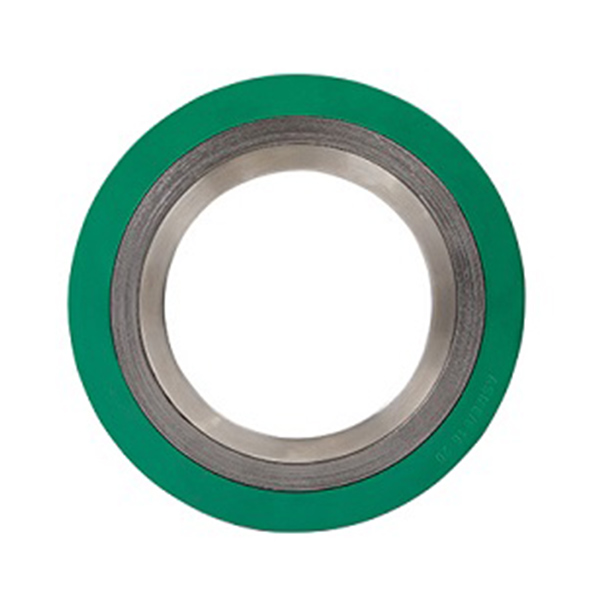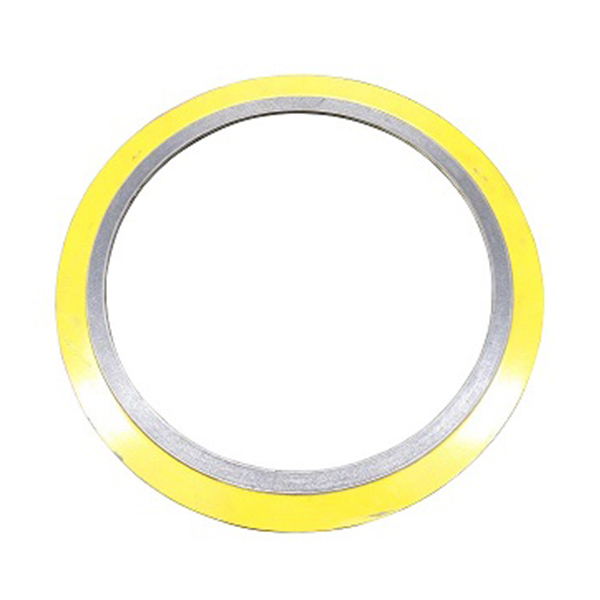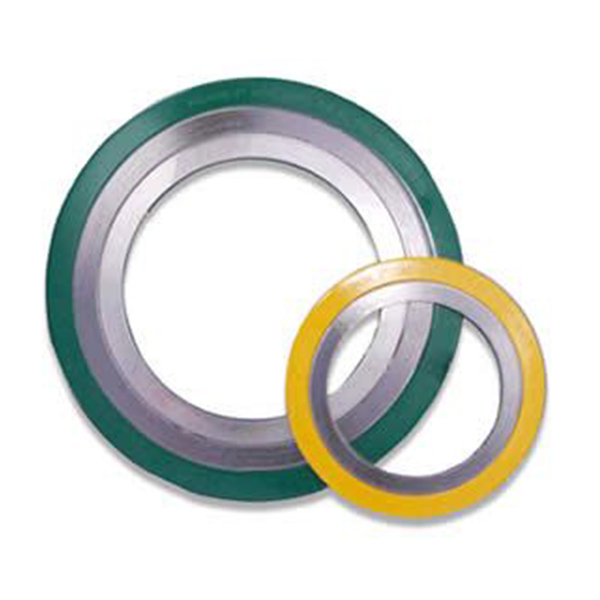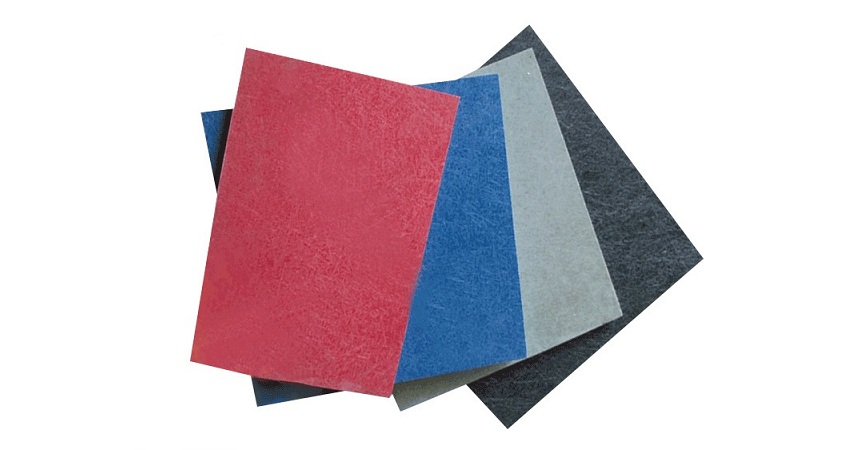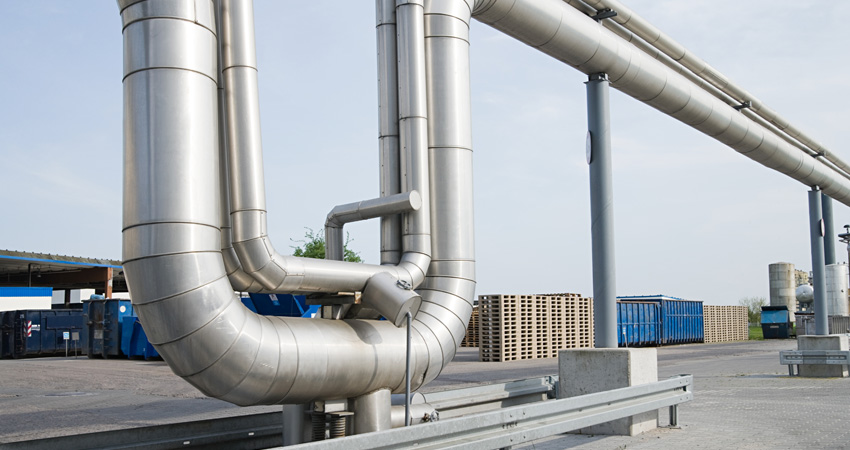PTFE Guide Strip
What is a PTFE Guide Strip?
A PTFE Guide Strip is a specialized component made from Polytetrafluoroethylene, a high-performance polymer known for its exceptional properties. These strips are widely used in industrial applications where low friction, high temperature resistance, and chemical inertness are required. They serve as guiding elements in machinery, ensuring smooth and precise movement of parts, reducing wear and tear, and enhancing operational efficiency. Typically, PTFE guide strips are installed in linear motion systems, conveyor belts, and other equipment where sliding or guiding is necessary. Their ability to perform under extreme conditions makes them indispensable in sectors like manufacturing, automotive, aerospace, and food processing.
Key Features of PTFE Guide Strips
PTFE guide strips offer a range of features that make them superior to other materials. These include:
- Low coefficient of friction, which minimizes energy loss and prevents sticking.
- Excellent thermal stability, allowing operation in temperatures from -200°C to +260°C.
- High chemical resistance, making them immune to most acids, bases, and solvents.
- Non-stick properties, which prevent material buildup and facilitate easy cleaning.
- Good electrical insulation, useful in electronic applications.
- Long service life due to minimal wear, reducing maintenance costs.
- FDA compliance for use in food and pharmaceutical industries.
Product Parameters of PTFE Guide Strips
Our PTFE guide strips are manufactured to meet strict quality standards, with precise parameters to ensure optimal performance. Below is a detailed table outlining the key specifications:
| Parameter | Value | Description |
|---|---|---|
| Material | Pure PTFE or filled variants | Base material is 100% PTFE; filled types may include glass, carbon, or bronze for enhanced properties. |
| Thickness | 1mm to 10mm | Available in various thicknesses to suit different load requirements. |
| Width | 10mm to 100mm | Custom widths can be produced based on application needs. |
| Length | Up to 2000mm | Standard lengths; longer strips can be fabricated upon request. |
| Color | White (standard), black (for filled types) | Color indicates material composition; white for pure PTFE, black for filled versions. |
| Density | 2.1 - 2.3 g/cm³ | Lightweight material that doesn't add significant weight to systems. |
| Tensile Strength | 20 - 35 MPa | Provides good mechanical strength for guiding applications. |
| Coefficient of Friction | 0.05 - 0.10 | Extremely low friction ensures smooth operation without lubrication. |
| Operating Temperature | -200°C to +260°C | Suitable for both cryogenic and high-temperature environments. |
| Chemical Resistance | Resistant to most chemicals | Ideal for use in corrosive environments without degradation. |
Applications of PTFE Guide Strips
PTFE guide strips are versatile and used across multiple industries. Common applications include:
- Linear bearings and slides in machinery for precise movement.
- Conveyor systems in packaging and manufacturing to reduce friction.
- Automotive assemblies, such as in seats or windows, for smooth operation.
- Aerospace components where weight savings and reliability are critical.
- Food processing equipment due to non-toxic and easy-clean properties.
- Medical devices requiring sterile and low-friction surfaces.
- Printing presses to guide paper or materials without jamming.
FAQ: Frequently Asked Questions About PTFE Guide Strips
What is the primary advantage of using a PTFE guide strip over metal guides?
PTFE guide strips offer a significantly lower coefficient of friction compared to metal, which reduces wear, eliminates the need for lubrication, and allows for smoother operation in various temperatures and environments without corrosion.
Can PTFE guide strips be customized for specific applications?
Yes, they can be customized in terms of size, thickness, and material composition. Filled PTFE variants are available for enhanced properties like higher wear resistance or improved thermal conductivity, tailored to meet unique industrial requirements.
How do I install a PTFE guide strip?
Installation typically involves cleaning the surface, applying a suitable adhesive (if not pre-applied), and pressing the strip into place. For high-load applications, mechanical fastening might be recommended. Always follow manufacturer guidelines for optimal performance.
Are PTFE guide strips resistant to UV light and weathering?
Pure PTFE has good resistance to UV light and weathering, but prolonged exposure might cause slight degradation. For outdoor applications, consider using filled PTFE or protective coatings to enhance durability.
What maintenance is required for PTFE guide strips?
Minimal maintenance is needed due to their self-lubricating properties. Periodic cleaning with water or mild solvents is sufficient to remove debris. Avoid abrasive cleaners that could damage the surface.
Can PTFE guide strips be used in food-grade applications?
Yes, PTFE is FDA-compliant and suitable for food contact. It is non-toxic, odorless, and easy to clean, making it ideal for food processing machinery and packaging equipment.
What is the typical lifespan of a PTFE guide strip?
The lifespan depends on factors like load, speed, and environment, but PTFE guide strips generally last for years due to their wear resistance. In moderate conditions, they can outperform metal guides by a factor of 10 or more.
Do PTFE guide strips require lubrication?
No, one of the key benefits is that they are self-lubricating, thanks to PTFE's inherent low friction. This eliminates the need for external lubricants, reducing maintenance and avoiding contamination in sensitive applications.
How does temperature affect the performance of PTFE guide strips?
PTFE maintains its properties across a wide temperature range (-200°C to +260°C). It does not become brittle at low temperatures or soften excessively at high temperatures, ensuring consistent performance in extreme conditions.
Are there any limitations to using PTFE guide strips?
While highly versatile, PTFE has lower mechanical strength compared to metals, so it may not be suitable for extremely high-load applications without reinforcement. Additionally, it can be more expensive than some alternatives, but the long-term benefits often justify the cost.
- View as

40% Bronze Filled Teflon PTFE Bearing Strip

Green Color Ptfe Guide Strip

Bronze Filled Ptfe Guide Strip

40% Bronze Powder Filled Teflon PTFE Bearing Wear Tape



